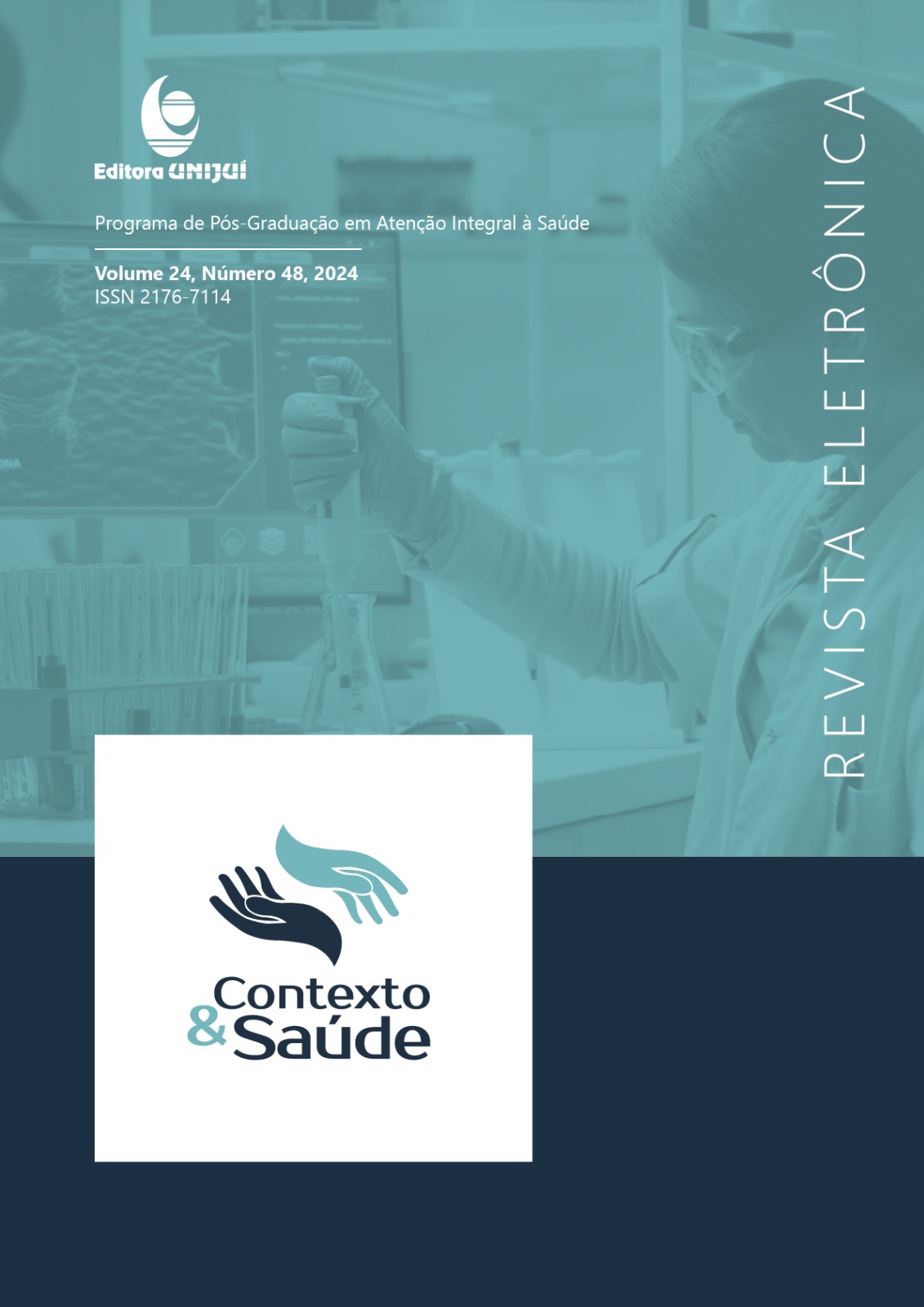Effects of a Game Therapy program with Leap Motion Sensor on the Manual Function in Adults with Cerebral Palsy
DOI:
https://doi.org/10.21527/2176-7114.2024.48.14345Keywords:
physiotherapy, cerebral palsy, manual function, virtual reality, leap motionAbstract
Hand motor rehabilitation programs require long-term therapy and they are generally uninteresting and repetitive for the patient who is not always motivated to achieve them. The literature shows that Virtual Reality (VR) can increase motivation and engagement in motor rehabilitation programs. The aim of this study was to evaluate the effects of game therapy program for adults with cerebral palsy. The study included five adults with CP, levels 3 and 4 from Manual Ability Classification System (MACS). The manual function was evaluated before and after the game programs by the Box and Blocks and Jebsen-Taylor tests. The program was offered in 15 sessions, twice a week, in a care association for people with CP. The results indicated the stability of the condition, which can be expected for the adult population. Some games were more motivating and through testimonials, participants demonstrated satisfaction and suggested technical changes for better usability of the games. Motivators therapeutic resources should be considered in adult therapy with CP.
References
Graham HK, Rosenbaum P, Paneth N, et al: Cerebral palsy. Nature reviews. Disease primers. 2016;2:15082.
Colver A, Fairhurst C, Pharoah PO: Cerebral palsy. Lancet (London, England). 2014;383(9924):1.240-1.249.
Lopes S, Magalhães P, Pereira A, et al: Games used with serious purposes: A systematic review of interventions in patients with cerebral palsy. Frontiers in psychology. 2018;9:1712.
Saunders RJ, Astifidis RP, Burke SL, et al: Rehabilitation of the Hand and Upper Extremity Rehabilitation: a pratical guide. 4th ed. USA: Elsevier; 2016.
Golubović Š, Slavković S: Manual ability and manual dexterity in children with cerebral palsy. Hippokratia. 2014;18(4):310.
Alimanova M, Borambayeva S, Kozhamzharova D, et al: Gamification of hand rehabilitation process using virtual reality tools: Using leap motion for hand rehabilitation. In 2017 First IEEE International Conference on Robotic Computing (IRC). 2017:336-339.
Jebsen RH, Taylor NEAL, Trieschmann RB, et al: An objective and standardized test of hand function. Archives of physical medicine and rehabilitation. 1969;50(6):311-319.
Mathiowetz V, Volland G, Kashman N, et al: Adult norms for the Box and Block Test of manual dexterity. American Journal of Occupational Therapy. 1985;39(6):386-391.
Chiu HC, Ada L, Lee HM: Upper limb training using Wii Sports Resort™ for children with hemiplegic cerebral palsy: a randomized, single-blind trial. Clinical rehabilitation. 2014;28(10):1.015-1.024.
Chen Y, Fanchiang HD, Howard A: Effectiveness of virtual reality in children with cerebral palsy: a systematic review and meta-analysis of randomized controlled trials. Physical therapy. 2018;98(1):63-77.
Shin JH, Kim MY, Lee JY, et al: Effects of virtual reality-based rehabilitation on distal upper extremity function and health-related quality of life: a single-blinded, randomized controlled trial. Journal of neuroengineering and rehabilitation. 2016;13(1):17.
Acar G, Altun GP, Yurdalan S, et al: Efficacy of neurodevelopmental treatment combined with the Nintendo® Wii in patients with cerebral palsy. Journal of physical therapy science. 2016;28(3):774-780.
Romeo DM, Venezia I., Pede E, Brogna C. Cerebral palsy and sex differences in children. A narrative review of the literature. J. Neurosci. Res. 2023. DOI: 10.1002/jnr.25020
Downloads
Published
How to Cite
Issue
Section
License
Copyright (c) 2024 Revista Contexto & Saúde

This work is licensed under a Creative Commons Attribution 4.0 International License.
By publishing in Revista Contexto & Saúde, authors agree to the following terms:
The works are licensed under the Creative Commons Atribuição 4.0 Internacional (CC BY 4.0) license, which allows:
Share — to copy and redistribute the material in any medium or format;
Adapt — to remix, transform, and build upon the material for any purpose, including commercial.
These permissions are irrevocable, provided that the following terms are respected:
Attribution — authors must be properly credited, with a link to the license and indication of any changes made.
No additional restrictions — no legal or technological measures may be applied that restrict the use permitted by the license.
Notes:
The license does not apply to elements in the public domain or covered by legal exceptions.
The license does not grant all rights necessary for specific uses (e.g., image rights, privacy, or moral rights).
The journal is not responsible for opinions expressed in the articles, which are the sole responsibility of the authors. The Editor, with the support of the Editorial Board, reserves the right to suggest or request modifications when necessary.
Only original scientific articles presenting research results of interest that have not been published or simultaneously submitted to another journal with the same objective will be accepted.
Mentions of trademarks or specific products are intended solely for identification purposes, without any promotional association by the authors or the journal.
License Agreement (for articles published from September 2025): Authors retain copyright over their article and grant Revista Contexto & Saúde the right of first publication.

